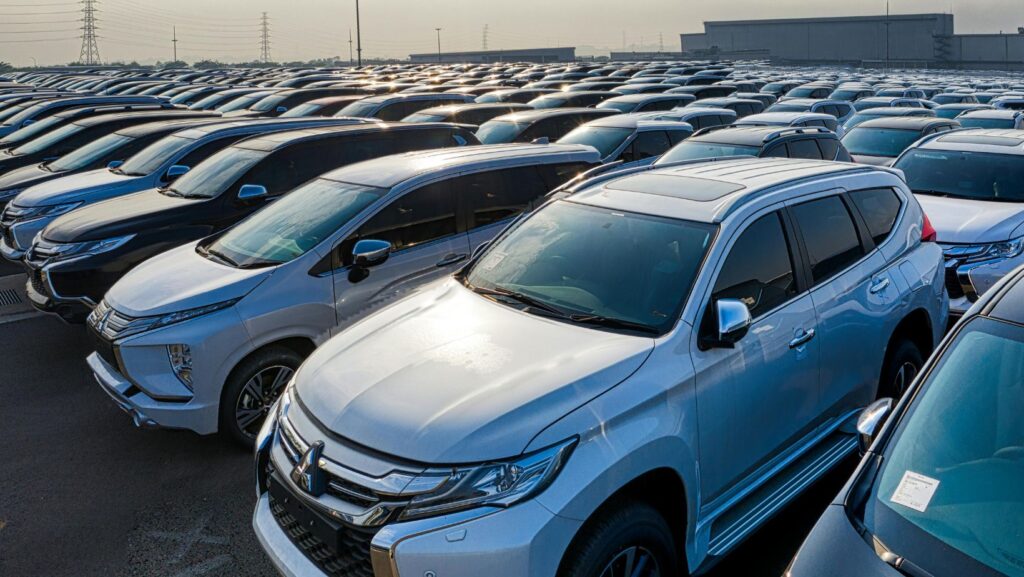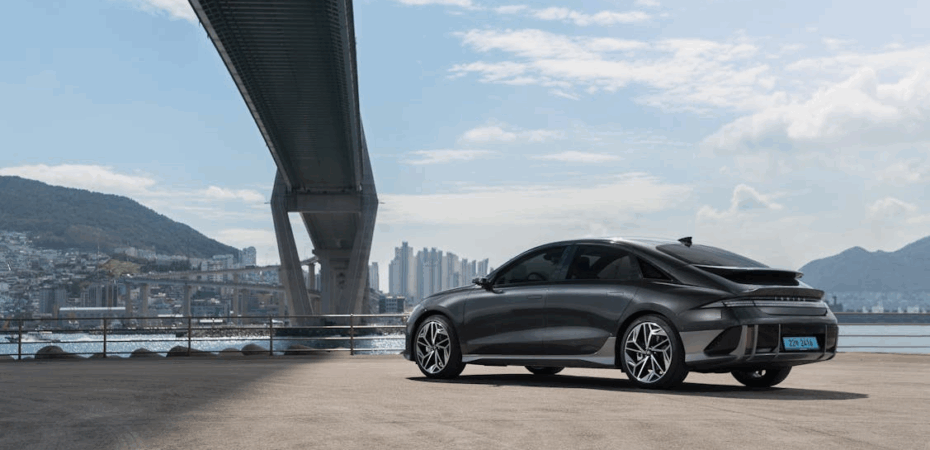Observers of the industry agree on one thing: the next decade of travel will not be defined only by new destinations, but by new behaviors that technology invites. Airlines, hotels, and city planners are already testing systems that make trips quieter, safer, and more personal — often without travelers noticing the machinery at work. In that sense, the story of technology in tourism is less about gadgets and more about choreography.
From the traveler’s point of view, the journey begins long before a boarding pass appears. Search results will narrow themselves; itineraries will build around health needs, attention span, and budget in real time. Even superstition finds a modern echo: a trip-planning widget might flash a playful lucky number for today, while the actual engine is ranking visa rules, carbon impact, and occupancy curves behind the scenes. The interface smiles; the logic does the heavy lifting.
Biometrics and document wallets will shorten the space between curb and gate. A confirmed identity will unlock bag drops, lounge doors, and e-gates without repeated checks. Hotels will be no less fluid: rooms that recognize a profile will adjust temperature, lighting, and content libraries on arrival. Translation will move from “good enough” to quietly excellent; a diner will read a chalkboard menu in a back street as easily as a museum label. None of this erases the charm of being away. Properly done, technology in tourism removes friction so attention can return to landscapes, people, and taste.
Near-term shifts Travelers are likely to Feel
- Itineraries that adapt on the fly: weather, strikes, or overbooking trigger automatic reroutes with clear options and compensation.
- Ambient translation everywhere: earbud captions and camera overlays make small talk, menus, and transit maps legible.
- Seamless borders: pre-cleared biometrics reduce lines while keeping audit trails for security and privacy compliance.
- Smarter pricing with guardrails: transparent alerts show when a fare is fair, curbing bait-and-switch dynamics.
- Health-aware planning: filters account for sleep needs, allergies, and mobility without spotlighting them.
Sustainability is set to move from apology to architecture. Dynamic rail-air combinations will replace many short-haul flights. Cities will publish crowding forecasts so visitors can shift an hour and spare a plaza. Resorts will meter water and energy per room, not to punish guests but to reward thoughtful use with perks. It will not be moral theater; it will be logistics that just works. In the background, technology in tourism will balance flows the way power grids balance demand: invisibly, constantly.
On the experiencing side, spatial computing will change how travelers learn places. Head-worn guides can fade in a city’s older layers — the market that stood on this corner in 1908, the river’s original curve, the artist’s studio two floors up — without turning the street into a theme park. Culinary apps will become more local and less star-chasing; a baker’s proofing schedule or a fisherman’s tide chart may shape the day more than aggregate ratings. Value shifts from “the best” to “the most itself.”
A practical Checklist for Future-proof Travel
- Own your data: keep identity, insurance, and visa documents in an encrypted wallet you control.
- Leave room for serendipity: lock one anchor booking per day, leave the rest adjustable.
- Measure trip quality, not only price: track sleep, transit stress, and walking time when choosing routes.
- Favor resilient links: pick options with easy reroute paths—rail corridors, multi-carrier tickets, flexible stays.
- Learn the local grid: how a city moves (buses, ferries, bikes) often matters more than any “must-see” list.
Risk management will look different as well. Instead of fine print that appears when something has gone wrong, policies will surface calmly when needed: a storm credit, a medical referral, a hotline for a lost passport. For solo travelers and families alike, reassurance is not drama; it is design. Communities will form around specific corridors—say, Lisbon – Seville – Tangier or Osaka – Kyoto – Kanazawa — sharing current tips the way hikers share trail conditions.
Work and travel will continue to braid. Some cities will court “month-long visitors” with school partnerships and clinic access; accommodations will offer real desks and daylight rather than marketing images of laptops by pools. Culinary tourism will become less extractive: travelers will pay for time with artisans — roasters, cheesemakers, weavers — in formats that respect the workday. Museums will shift from queues to timed micro-visits that stack into a meaningful day.

Even with all this structure, the soul of travel stays simple: curiosity, hospitality, and the joy of being briefly lost and then found. Technology’s job is not to pad every edge; it is to keep the edges safe enough that people can enjoy them. When the basics — identity, payments, navigation — fade into reliability, the human parts get louder: a conversation on a tram, the smell of rain on new stone, the way a shoreline walks a person back to themselves. If the future of travel feels warmer rather than colder, it will be because systems got smarter and manners kept up.
In that future, the best advice remains old: look up, say thank you, and learn a few words in the local language. The rest can be handled by circuits and code. And if a screen whispers a lucky number for today, the traveler will smile, pack an umbrella, and choose the later ferry — because some numbers are playful, but good judgment is timeless.


 By
By 




